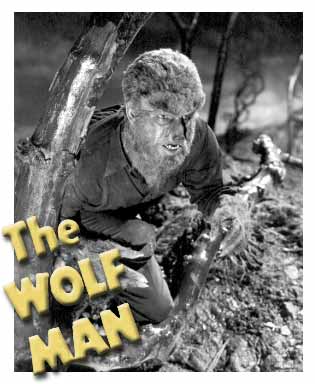Kung Fu Panda is one of the best action comedies I’ve seen. It can be very tricky to hit that perfect medium between action and comedy where you don’t lose one when the other kicks in, but it hit it perfectly. I was a bit worried seeing the trailers for Kung Fu Panda 2, but then, I felt the same way when I saw the trailers for the original. Fortunately, Kung Fu Panda 2 more than exceeds the expectations I had for it.
The story gets kicked off by Shen (Gary Oldman, hamming it up as much as you can with just a voice), a peacock who killed all the pandas because of a prophecy that one of them would be his downfall. He comes to Gongmen City with a cannon, kills the kung fu master Rhino, and threatens to take over all of China. When Master Shifu (Dustin Hoffman) finds out, he sends Po (Jack Black) and the Furious Five (in estimated order of lines: Angelina Jolie, David Cross, Seth Rogen, Lucy Liu, and Jackie Chan) to stop him.
The movie really seems to have ramped up a lot on its action scenes, which makes sense. The first movie was really the training of Po as the Dragon Warrior. This movie, he is the Dragon Warrior, and gets plenty of opportunities to show it off. He’s still a very goofy hero, but he’s also an effective one. My absolute favorite action sequence in the movie is a chase between him and the wolf boss on carts through the streets of Gongmen. It’s just one of those moments where the action and humor comes together so well. While I can’t find that Jackie Chan had any creative credits on the movie, it really wouldn’t surprise me to learn that he helped out with the fight scenes. They just seem so similar to his style, but in a way that’s pure homage to the great martial arts movies it bases its world around.
The movie also adds some more drama to the story, what with Po having to learn about his family. It doesn’t quite hit the heart like Pixar does, but hey, so little does. It does manage to add some more to Po’s character, giving him some tragedy. Some movies would let this drag it down. Kung Fu Panda lets it flow right into the story, making sure that drama, action and comedy are all evenly paced enough that, even when the movie slows down for an extended flashback of Shen’s attack on the panda village, it doesn’t come to a complete stop. We also seem to be seeing some more of Tigress’ character. I have no idea if Dreamworks is planning on spinning her off into her own movie, but if they are, I would be absolutely for it. We only see a little of her character, but it’s a hardened warrior that’s obviously had to deal with an unknown tragedy. Among this character development, Shen himself is a bit more of a maniac, but I suppose this was to even out the problem where the first movie’s villain ended up too sympathetic for some people. Even he still gets enough development, not to mention some awesome kung fu moves, to make a very interesting character.
I can’t pass up mentioning the animation. It’s absolutely gorgeous from start to finish. It uses all of its strengths from before, making Po furry and huggable-looking, while also giving him a good sense of scale. I always love the detail of him having to bend over inside his dad’s noodle shop. They put in little details, like somebody throwing a knife at a board and having a few flakes of wood. And the environments…it’s like looking at a CGI painting. This is just a beautiful movie. I saw it in 3D, which adds some depth to the animation. I’ve always thought Dreamworks has done very well with their 3D, so if you’re up for it, I’d recommend going for it.
We’ve got a long summer of movies ahead, but I’m pretty sure that Kung Fu Panda 2 will stand as one of my favorites, especially for action movies. It’s got great fight scenes, it’s hilarious, and it’s a little heartwarming. Definitely a must-see.





